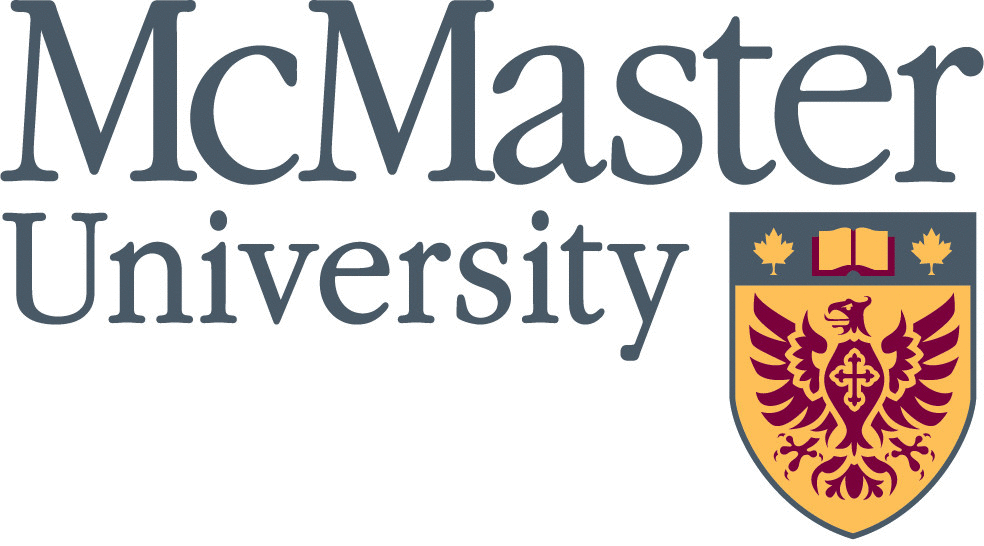by Helen Barton and Les Robb
In the Fall 2009 issue of MURAnews we wrote about the impasse that had been reached in collective bargaining between the University and the Canadian Auto Workers Union Local 555 (CAW555).
As you may recall, the University wanted to exclude newly hired employees from the salaried pension plan, offering them a much inferior group RRSP plan. CAW555 wanted to preserve the status quo and keep pensions the same for their newly hired members as for existing employees. The issue was sent to binding arbitration.
The result of the binding arbitration is that CAW555 employees hired after May 1, 2010 will continue to enter the salaried pension plan and will pay the same contributions as everyone else, but pension benefits for this group of employees have been reduced.
What does this mean for current McMaster pensioners receiving pensions from the salaried pension plan?
We think not a lot. Pensioners’ benefits will not be affected. McMaster is obligated to fund our pensions as long as the University keeps operating, and there is no reason to believe that the University will ever go bankrupt. The reduced benefits for the new CAW555 members will make the University’s payments slightly smaller, but this will be a trivial difference for many years and could amount to nothing if the union successfully bargains to have the reductions restored in future contracts.
In fact this arbitration decision is good news for retirees since all employees will continue to have a vested interest in keeping the pension plan healthy.
The major reduction in pension benefits for newly hired CAW555 employees is that the benefit rate for those hired after May 1, 2010 has been reduced from 1.4% per year of service to 1% per year of service for final earnings below the Canada Pension Plan maximum income (currently about $47,000). For earnings above that level the drop will be from 2% to 1.6%.
There have been several other reductions in pension benefits for this group as well. For example, a new hire must be at least 60 years old to retire under “the Rule of 80”. Also the annual potential increase calculation for this group will be based on minimum 5-year average Fund earnings of 5 percent. This is an increase from the 4.5% threshold for existing employees and retirees.
